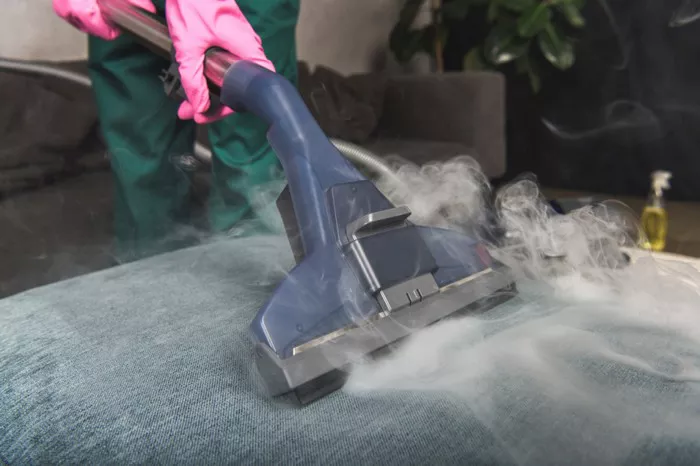Fleas, those tiny, jumping pests, are more than just a nuisance; they can quickly multiply and infest your home, causing discomfort to both humans and pets. When facing a flea infestation, finding effective solutions becomes a top priority for homeowners. One method that has gained attention is the use of steam mops. In this article, we explore the effectiveness of steam mops in eliminating fleas, addressing the informational, problem-solving, and comparison needs of users.
How Steam Mops Work Against Fleas
Steam mops function by generating high heat, typically around 212°F or 100°C, which is lethal to many pests, including fleas. Unlike chemical treatments, steamers use heat as their primary method of eradication. Fleas, with their low heat tolerance, cannot withstand exposure to such high temperatures. It’s important to note that it’s the heat, not the moisture, that kills fleas.
Effectiveness of Steam Mops
Steam mops are effective against fleas at all life stages, including eggs, larvae, and adults. This versatility makes them a valuable tool in combating infestations. Additionally, steamers can penetrate carpets, upholstery, and other surfaces where fleas may hide, ensuring a thorough treatment.
However, it’s essential to acknowledge the limitations of steam mops. While they are effective for treating large surface areas, they may struggle to reach every crack and crevice, which can harbor fleas. Therefore, while steam mops can significantly reduce flea populations, they may not entirely eliminate large infestations on their own.
Best Practices for Using Steam Mops Against Fleas
To maximize the effectiveness of steam mops in eliminating fleas, follow these best practices:
1. Steam clean carpets, rugs, and upholstered furniture: Pay particular attention to areas where pets spend time, as these are common flea hiding spots.
2. Focus on areas where fleas are likely to hide: This includes pet bedding, baseboards, and areas near doors and windows.
3. Consider using a hand steam cleaner or hiring a professional cleaning service: These options can provide more targeted treatment for specific areas.
4. Use different types of steamers: Depending on the size and type of surface being treated, consider using carpet steamers, clothes steamers, or industrial steamers for optimal results.
Limitations and Additional Measures
While steam mops can be an effective part of flea control, they should not be relied upon as the sole method of treatment. Here are some additional measures to consider:
1. Combine steam cleaning with other flea control products: For comprehensive results, use steamers alongside appropriate flea sprays, spot-on treatments, or foggers to target fleas in hard-to-reach areas.
2. Regular vacuuming: Vacuuming can help remove adult fleas, eggs, and larvae from carpets, rugs, and furniture. Be sure to dispose of the vacuum bag or empty the canister immediately after use.
3. Maintain good hygiene: Keeping your home clean and clutter-free can help prevent flea reinfestations. Wash pet bedding regularly and groom your pets to reduce flea populations.
Conclusion
In conclusion, steam mops can be a valuable tool in the fight against fleas. Their ability to generate high heat makes them effective at killing fleas at all life stages and reaching fleas hiding in carpets, upholstery, and other surfaces. However, it’s important to use steamers alongside other flea control methods for comprehensive results. By combining steam cleaning with appropriate flea treatments, regular vacuuming, and maintaining good hygiene, you can effectively manage and eliminate flea infestations in your home.

